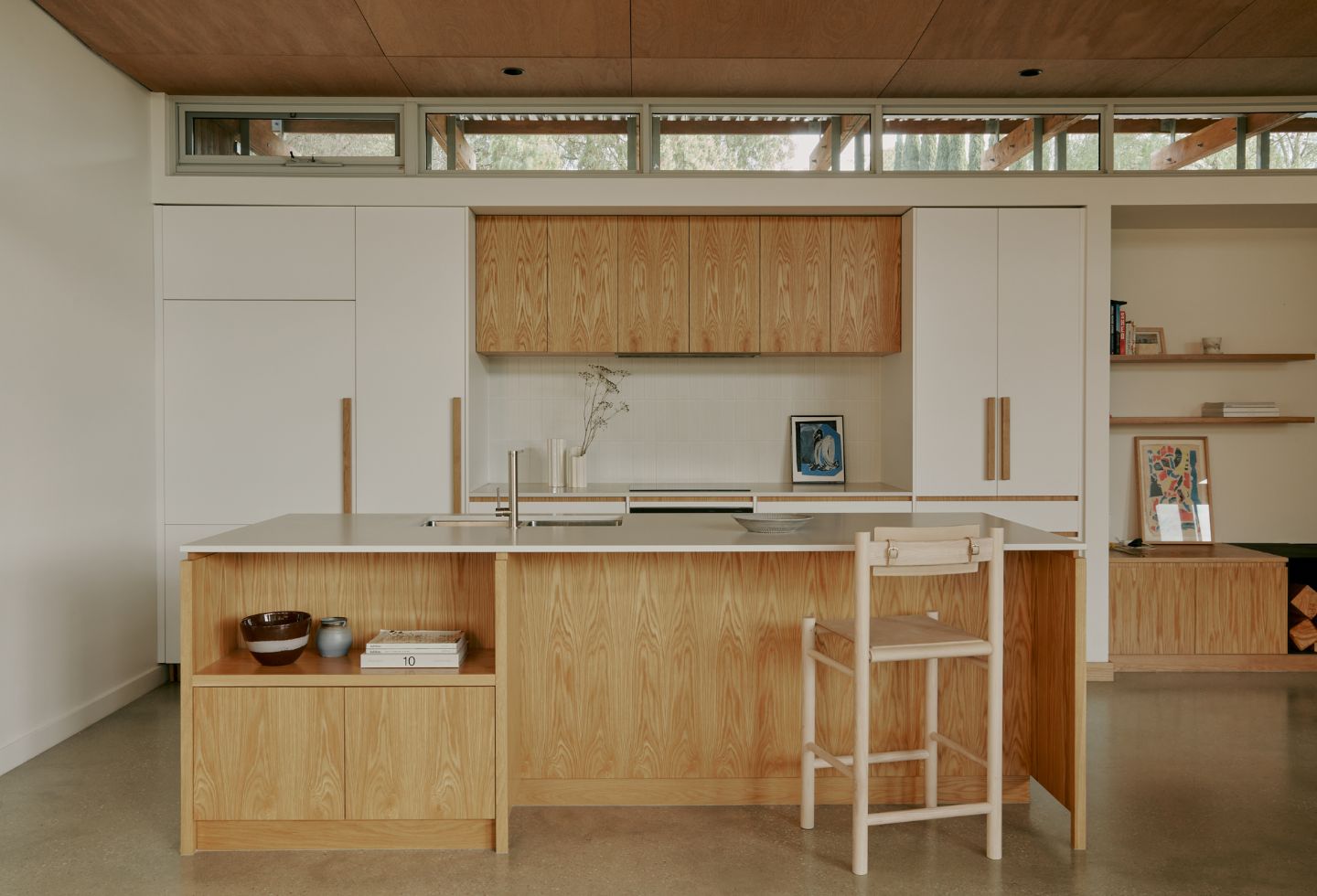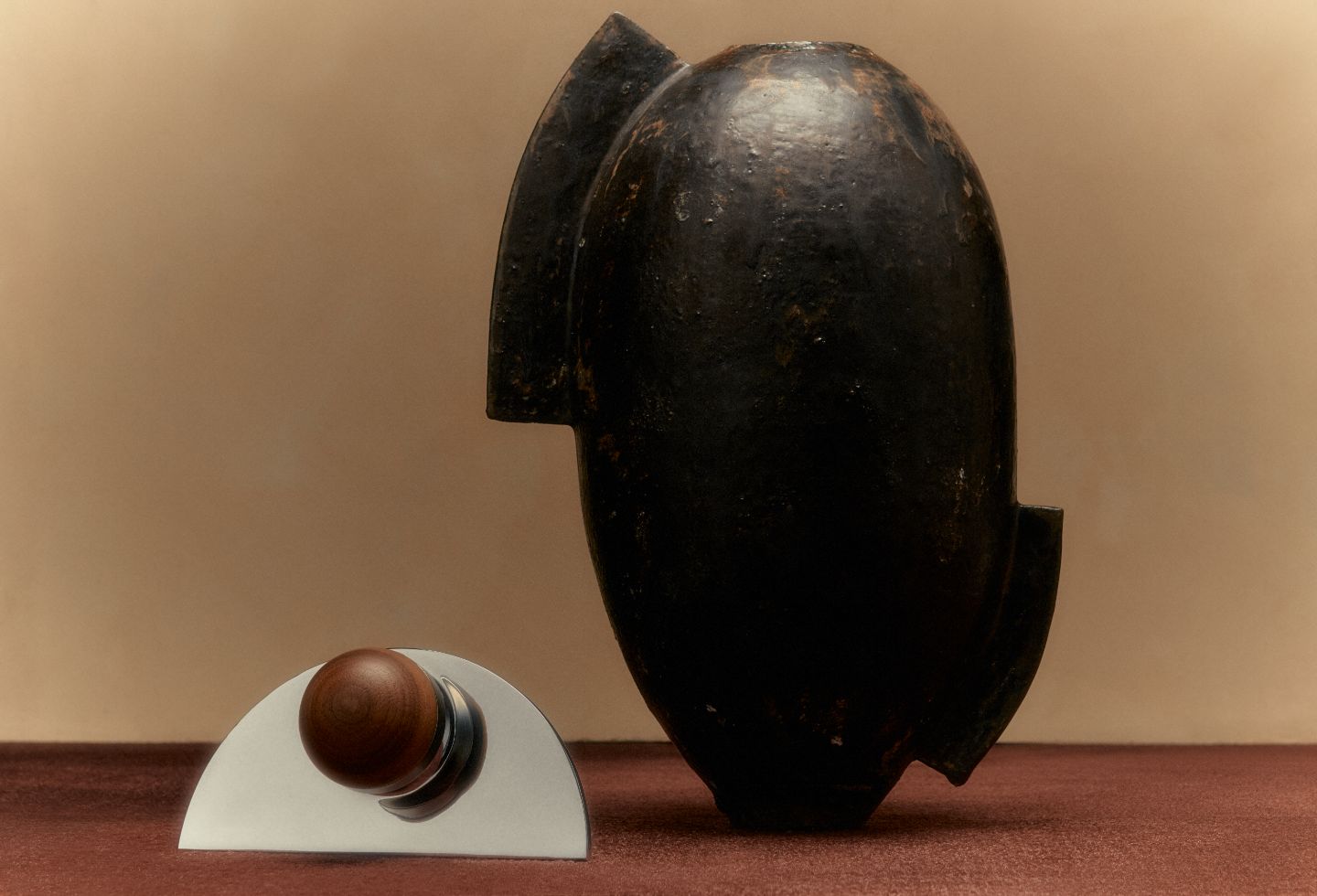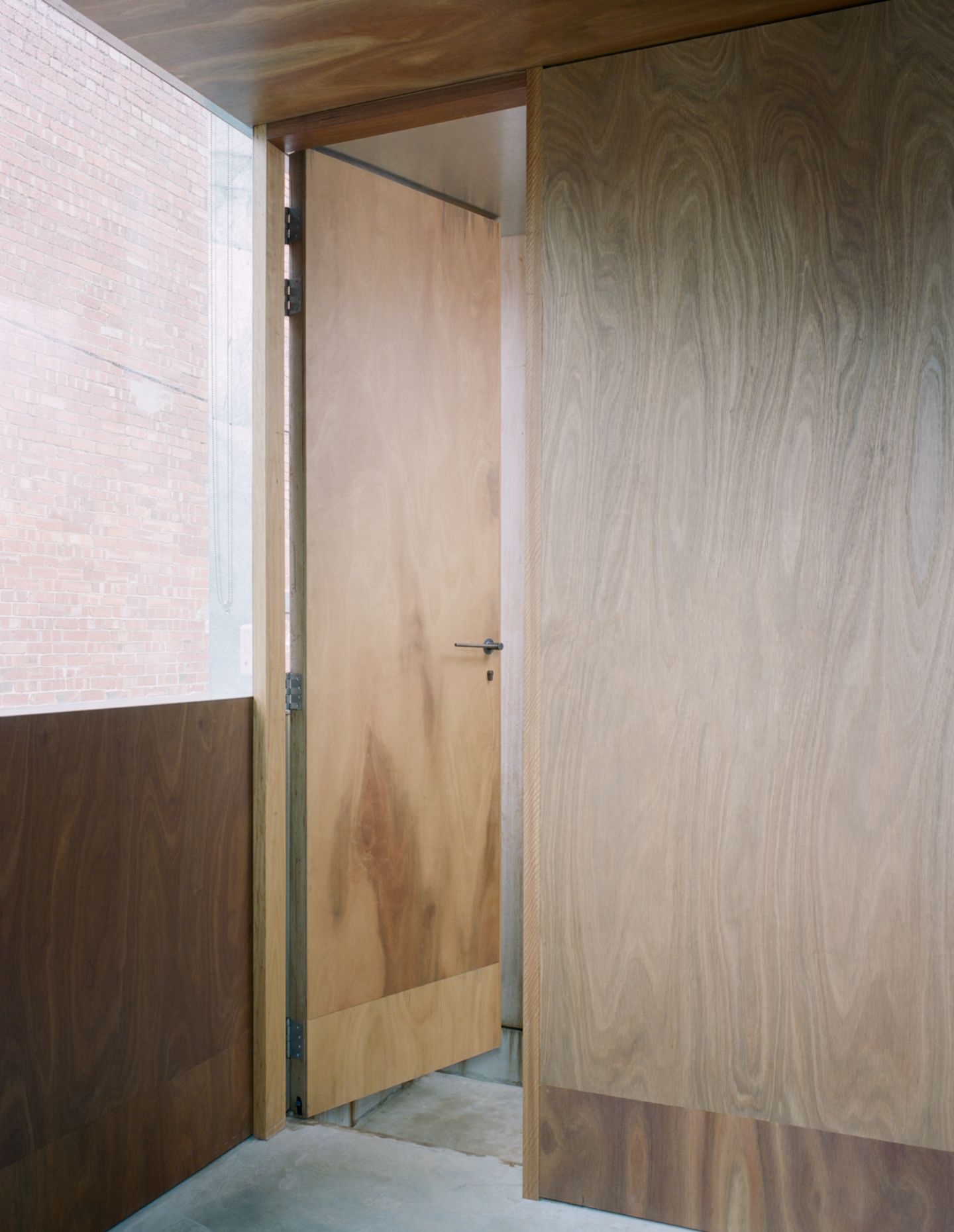When Emily and Steve Bradley rebranded Traditional Brass Co. into Southern Design Group, the natural step in their tenure was not just a strategic shift – it was a recalibration of a 40-year-old legacy. What might have been a quiet, utilitarian corner of the design world has now become a focal point for dialogue between architecture and touch, between form and the unnoticed but essential to daily life. In this conversation, we spoke to the duo about their nuanced approach to modernising a family business: their sensitivity to the architectural context, the tactile pleasures of hardware and their collaborations with lauded studios.

Emily and Steve, in 2015, you both stepped into leadership roles and rebranded Traditional Brass Co. into Southern Design Group. What inspired you to take on this reconceptualisation and how did you approach modernising a 40-year-old family business?
Our approach to the evolution of the company was grounded in a deep respect for its legacy, while recognising the need to adapt in order to remain relevant in an ever-changing market. We saw an opportunity to add modern elements to our product offerings and transform how we engaged with architects, designers, and homeowners – who were seeking more than just functional hardware, but beautifully crafted, thoughtfully designed pieces. To achieve this, we made design the cornerstone of our vision, while investing in new talent, rethinking our brand identity and architecture, and introducing innovative collections that resonated with contemporary sensibilities. We also embraced technology, incorporating modern manufacturing techniques to ensure exceptional quality and scalability.
Architectural hardware often goes unnoticed, yet you’ve turned it into a design statement through Bankston. How do you see hardware shaping the narrative of interior spaces and what’s the role of design in elevating everyday essentials?
Hardware is the unsung hero of interior spaces, acting as the tactile link between people and their surroundings. Through Bankston, we have aimed to redefine perceptions of hardware, not just as a functional element, but as an essential component that contributes meaningfully to the aesthetic and emotional experience of a space. We believe that hardware should be more than a utilitarian object – it should reflect the architectural intent and seamlessly bridge form with function. This approach transforms even the smallest details into artful, impactful elements that feel intentional and contribute to the narrative within the space. As architectural hardware has evolved, it has become an integral part of the design, allowing for creative possibilities that go beyond traditional expectations. It is about creating a balance where beauty, utility, and craftsmanship are harmoniously intertwined.

Bankston’s rise to prominence has been fuelled by collaborations with notable architectural studios such as Edition Office, Sans-Arc and Civilian. How do these partnerships influence your design direction and what makes collaboration a cornerstone of your business model?
Collaboration with architects & creatives in general, encourages us to challenge our preconceived ideas, pushing us to expand boundaries, design with purpose, and think holistically about how hardware interacts with architecture. This process encourages creativity, leading to innovative, thoughtfully crafted pieces that resonate with the design community, while aligning with the broader vision of a space. Through partnerships with visionary studios like Edition Office, Sans-Arc and Civilian, we have been able to push the boundaries of what architectural hardware can be. These collaborations allow us to explore new forms, ratios, materials and finishes that elevate the hardware to something truly unique, bridging the gap between functionality and artistry. As we move forward, collaboration will continue to be at the heart of Bankston’s creative process, fostering a dynamic exchange of ideas that drives the evolution of both design and craftsmanship in the category.
Emily, your background in environmental law and policy, and Steve, your expertise in urban design and sustainability, seem unconventional for this industry. How have these diverse fields shaped your approach or been advantageous in growing Southern Design Group?
Steve: Urban design taught me to think about spaces holistically—how people interact with their environments and the role every detail plays. This perspective has been invaluable in developing products that integrate seamlessly into architectural spaces, enhancing both their functionality and aesthetics.
Emily: My background in environmental law and policy has played a significant role in shaping my approach at Southern Design Group. With experience in law, along with a master’s in social science (planning & environment), I’ve developed a deep understanding of the importance of sustainability and environmental responsibility. When I joined the business, I made it a priority to integrate these values into our operations, from adopting eco-friendly manufacturing processes to more sustainable packaging solutions.
Emily, you’ve spoken about the architectural hardware industry being heavily male-dominated. How has your leadership fostered diversity and inclusivity within Southern Design Group, and what impact has this had on the culture and success of the company?
Emily: At Southern Design Group, we are proud to have fostered a diverse and inclusive environment. We currently have close to 100 employees, with 43% women, well above the industry average of 30%-35%. At the executive level, we have 50% female representation, including myself as Co-CEO — a significant achievement, especially when compared to the Australian Government’s Workplace Gender Equality Agency data, which shows only 22% of CEOs and 37% of key management personnel in Australia are women. In addition to gender diversity, we embrace diversity in cultural and linguistic backgrounds, providing interpreter services through ABC Multilingua to ensure effective communication for employees from all backgrounds. We have also adjusted our workplace to support vision-impaired staff, ensuring everyone has the resources needed to thrive. These efforts, along with our commitment to honouring both heritage and innovation, have not only enriched our company culture but also contributed to Southern Design Group’s success, making us a more innovative, inclusive, and dynamic organisation.

With Southern Design Group’s evolution from a family business into a leading provider of architectural hardware solutions, how do you balance preserving the heritage of the company while pushing boundaries in innovation and design?
We have always embraced an ethos that honours our roots while looking to the future. By preserving the core values and craftsmanship that defined the company in its early years, we have been able to integrate a strong focus on design, materials, and technological innovation. This is reflected in our brand architecture. By positioning TradCo as a dedicated restoration brand, we have preserved its authenticity, ensuring it continues to serve its niche. Meanwhile, brands like Bankston push the boundaries of contemporary design, driving the company into new realms of creativity and innovation.
As Southern Design Group continues to grow, what excites you most about the future of architectural hardware and where do you see the industry heading in the next decade?
Architectural hardware is undergoing a transformation. No longer seen as purely functional, it is increasingly recognised as a key contributor to the aesthetic and emotional experience of a space. This shift is opening new creative possibilities, allowing hardware to interact more thoughtfully with architecture, blending seamlessly into spaces while making a statement.
As this transformation unfolds, the focus on sustainability and ESG (Environmental, Social, and Governance) considerations continues to grow. We see this as an opportunity to lead the industry by adopting responsible materials and innovative processes. Consumers today are driven by the desire for meaningful impact, seeking companies whose values align with their own. Whether for large-scale sustainable housing or more personal projects, they look for products that combine premium design with responsible creation. We are committed to ensuring that every piece we create reflects conscious craftsmanship—crafted with world-class skill and produced in a way that respects both people and the environment. It’s not just about the materials we use; it’s about telling a story through every design — one that speaks to artistry, sustainability, and the thoughtful consideration behind every detail. We are at a pivotal moment for the industry. The increasing demand for design-driven hardware—reflecting the shift in architecture and interior design — is something we are proud to be part of. As designers and manufacturers, we aim to merge aesthetics with sustainability, creating hardware that is both beautiful and responsible. This allows us to push boundaries and set new standards, shaping the future of architectural hardware, and contributing to a more sustainable, artful, and innovative design landscape.








Next up: Architectural precision, artistic expression: Bankston welcomes Brooklyn locals to Australia

